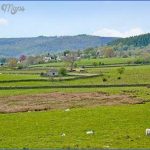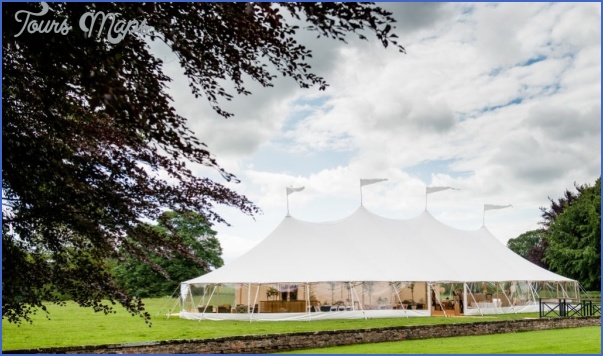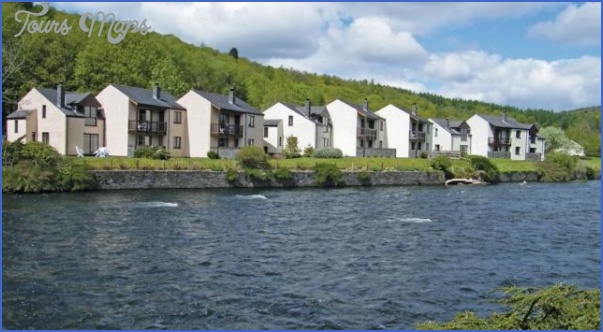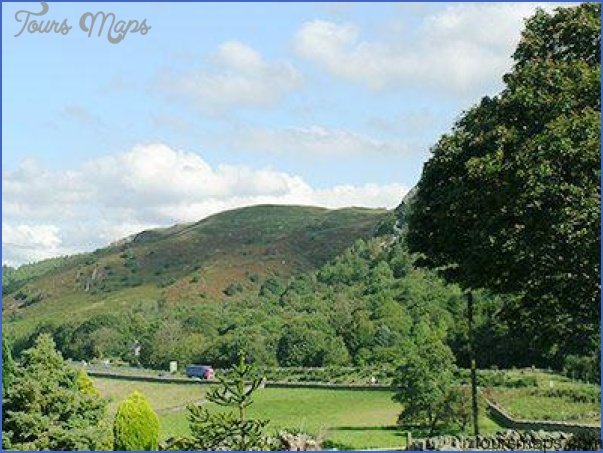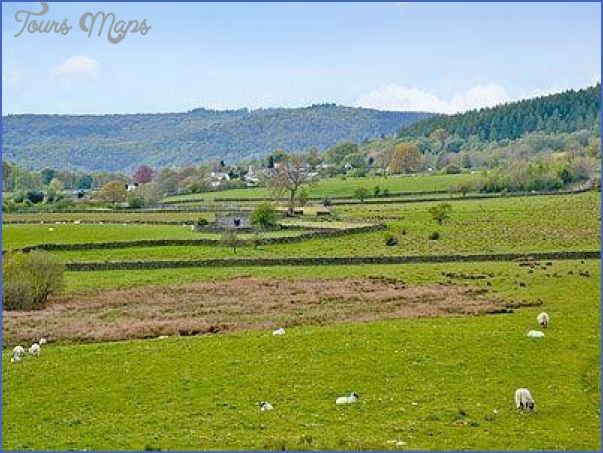Carnaval
While Paraguay is a devout Catholic country with deep-rooted beliefs and traditions, Paraguayans still enjoy a good party. Nowhere is this combination of traits on better display than during carnaval season. Carnaval is a blow out festival that involves revelers engaging in sinful activities before the forty days of Lent leading up to Easter week. Although this tradition has religious roots, for many carnaval is more about partying than anything else. In the case of Paraguay, the sins of carnaval mostly involve beer drinking, dancing, and ogling semi-naked girls. The largest carnaval celebrations take place in Encarnacion where an entire section of city blocks is set up as the parade route, known as the “sambodromo. ” This name comes from the Brazilian samba music that accompanies the parade, usually played by live bands and marching drum lines. For several weekends, groups of drum lines, themed floats, and costumed women representing different clubs or neighborhoods dance down the sambodromo. The bleachers are filled with partygoers cheering, dancing, and drinking. Groups compete for popularity with the crowds and a chance at winning the grand prize at the end of carnaval season. The spectacle of hundreds of women in glittery carnaval costumes resembles a Victoria’s Secret fashion show on acid. Carnaval get-ups involve as little clothing, and as much glitter, as possible: skimpy bedazzled lingerie, high heels, a large colorfully feathered head dress, neck piece, waist piece, and an enormous back piece. Carnaval festivities take place on a smaller scale in cities and towns throughout the Paraguay such as Villarica, Caacupe, and Asuncion.
Sidebar: Though Paraguay has several small pockets of indigenous communities, for the most part these have not yet begun to promote their cultural activities to tourists. This is due in large part to their remote locations and marginal status within Paraguayan society.
Fiesta de San Juan
Though the official Da de San Juan is June 24th, San Juan festivals are held throughout the month of June. San Juan traditions involve food, religion, and playing with fire, which make the festivities popular with Paraguayans of all ages and one of the most widely celebrated holidays of the year. Many San Juan events are put on by schools and church groups who raise funds by selling traditional winter foods – hot cocido, warm gooey mbejy, and all sorts of fried treats from funnel cakes to empanadas. The biggest draw of the festival are traditional fire games including kicking a flaming ball (pelota tata), being chased by a make-believe bull with flaming horns (toro candil), and the dramatic main event: walking over coals (tata ari jehasa). Not all games involve such daring though there are also kid-friendly games such as climbing a greased pole (yvyra syi) and breaking open a clay pinata (kambuchi jejoka). In the town of San Juan Bautista itself, the celebration also has a large
rodeo aspect due to the heavy influence of cattle ranching in the Misiones department. Undoubtedly, the festival of San Juan is the highlight of Paraguayan winter.
Sidebar: On the eve of Da de los Reyes Magos (Three Kings Day), children put out their shoes in front of the nativity scene, and in the morning find they have received presents from the three kings.
The Da del Amigo
The Dia del Amigo (Friendship Day) is celebrated on July 30th with gift exchanges and get-togethers among friends. It is common for people to send text messages, make phone calls, and engage in other exchanges of affection with all of their friends.
Made in Paraguay
Paraguay is a minimally industrialized country where many things are manufactured by hand instead of on assembly lines. Throughout the countryside you will find people producing everything from sugar cane honey to woven fabrics and other handicrafts on a small scale. Most people are happy to show you around their makeshift workshops and explain their craft, which in many cases has been passed down to them by their parents and grandparents.
When visiting small factories keep in mind few safety regulations are enforced. Be careful and respectful of the fact that you are a visitor. Larger factories may require advanced notice or permissions for guided tours, but many are willing to let you take an informal tour if you explain your interest. Particularly worthwhile is the Manufactura de Pilar textile factory in Pilar (see Manufactura de Pilar Factory).
Nemby Vacations Photo Gallery
Maybe You Like Them Too
- The Best Cities To Visit in The World
- World’s 10 Best Places To Visit
- Coolest Countries in the World to Visit
- Travel to Santorini, Greece
- Map of Barbados – Holiday in Barbados




